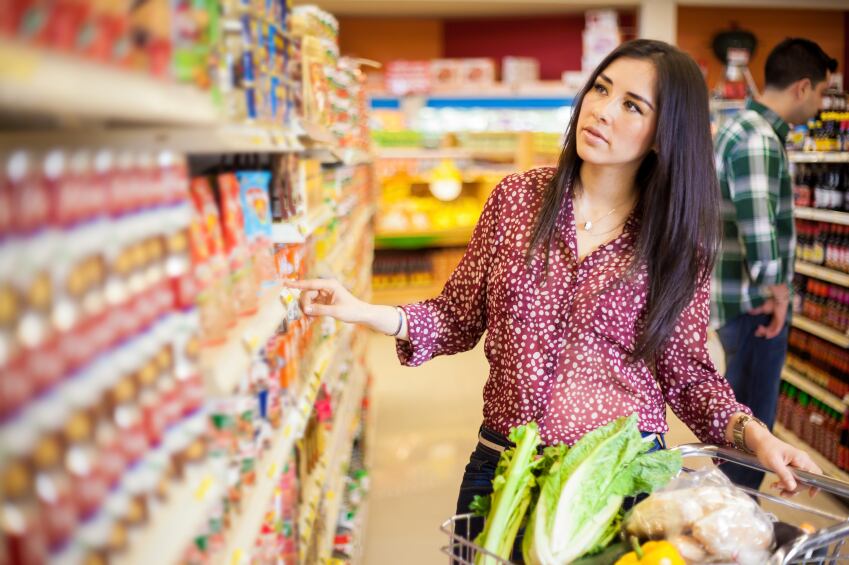In the 52 weeks ending April 19 2015, baby boomers (aged 51 to 69) spent $14.6bn on snacks in the US – almost double that of millennials (aged roughly between 20 and 34) who spent just $8.2bn.
While millennial spend was up 12% on the previous year, baby boomer spending represented 41% of total snack sales compared to just 24% from millennials.
Larry Levin, executive VP of insights at IRI, said marketers and retailers had to reconsider their “love affair” with millennials given this data.
“Don’t forget the boomers. There’s so much hype around millennials, which is great, but boomers are still spending a lot of money – the oldest boomers are still in their 60s, it’s not like they’re hitting the grave,” he told BakeryandSnacks.com.
Millennials, he said, were extremely influential in snacks given their worldliness and increasing desire to graze throughout the day, but in number terms, the spending split between this group and boomers would soon be very close.
“By the end of this decade, we’re forecasting that millennials will represent 30% of [total CPG] dollars and the boomers about 32% of dollars – that just shows how important both populations are,” he said.
Retail tailored targeting
Levin said snack makers had to tailor retail strategies differently according to which consumer group – millennial or boomer – they were targeting.

“Some of the stores are more likely to target boomers; others millennials. Think about your product alignment to fit the store these shoppers are going to,” he said.
In addition, he said it was important to tailor product marketing within the store according to the different needs of each group.
“Millennials are probably spending a little more time in the parameter. Millennials also are not as brand loyal to big-time, multinational brands – they want brands that are going to bring value but they vote with their heads and hearts.”
He said it was important, therefore, to use highly engaging communication to capture their attention.
“You can make it a two-way dialogue but listen to what they have to say and don’t overindulge them with messaging that’s not important to them.”
For boomers, Levin said brand communication had to start earlier.
“The boomers are still spending time shopping but they’re probably still a little bit more methodical – they’re more into list making. Our research suggests 80% put categories on a list when they go shopping and about a quarter put brands on, so it’s really important to get your marketing way ahead – way before the shopping process has even started.”
Specific NPD
Levin said in some instances, these retail strategies could be applied to the same products for both millennials and boomers, but positioning would perhaps have to be altered.

“Maybe from a millennial point of view, it’s all about fun whereas for the boomer it’s all about the health and wellness positioning… It’s kind of pick your product and figure out what the best way is to kill two birds with one stone by communicating the message that’s most relevant to that market.”
In addition, he said there was also room for consumer-targeted NPD.
“There may be certain flavors in your assortment, for example, that a boomer wouldn’t touch or flavors a millennial wouldn’t touch.”
For any new products development, Levin said the first year would be critical but the second year equally important.
“The song ‘Will you still love me tomorrow?’ fits the consumer packaged goods market so well because we find that in year two so many products fail because they’re not supported… If you’re thinking of innovating with new forms and flavors use advertising and marketing to remind the consumer you’re still out there,” he said.
